The world of carbonated beverages holds countless wonders, but none quite as peculiar as the phenomenon of "swimming grapes" – those buoyant little fruits that perform aquatic acrobatics in your glass of soda. This whimsical interaction between fruit and fizz has captivated curious minds for generations, transforming ordinary kitchen experiments into mesmerizing displays of physics in action.
When you drop a grape into a glass of carbonated drink, something magical happens. The grape, which normally sinks in still water, suddenly becomes a skilled diver and floater. At first, it plunges to the bottom like a submarine on a mission. Then, as if by some invisible command, it begins its ascent, breaking the surface with the confidence of an Olympic swimmer before gracefully diving back down. This dance continues for minutes, sometimes hours, until the soda loses its fizz and the grape finally retires to the bottom.
The secret behind this aquatic ballet lies in the intricate relationship between bubbles and buoyancy. Carbonated drinks contain dissolved carbon dioxide gas under pressure. When the pressure is released by opening the bottle, the gas forms bubbles that seek escape. A grape's dimpled surface provides perfect nucleation sites – microscopic launching pads where bubbles can form and grow. As these bubbles accumulate on the grape's skin, they create enough lift to overcome the fruit's natural tendency to sink.
What makes grapes particularly suited for this performance is their unique combination of density and texture. They're heavy enough to sink initially, yet their waxy skin provides just the right surface for bubbles to cling. Raisins can perform similar tricks, but their wrinkled surfaces often trap too many bubbles, causing them to float indefinitely. Grapes maintain the perfect balance between sinker and floater, allowing for their characteristic rhythmic diving.
The physics behind this phenomenon reveals fascinating principles at work. Each bubble attached to the grape displaces a small amount of liquid, effectively reducing the grape's overall density according to Archimedes' principle. When the combined buoyancy of all attached bubbles exceeds the grape's weight, up it goes. At the surface, bubbles burst, the grape loses buoyancy, and down it sinks again – only to collect a fresh crop of bubbles for another ascent.
Temperature plays a crucial role in this carbonated choreography. Warmer sodas release their carbon dioxide more readily, creating more bubbles and potentially speeding up the grape's diving cycle. Colder beverages might make the grape's movements more languid and graceful. The type of soda matters too – some brands with different carbonation levels or bubble sizes can alter the performance dramatically.
Beyond being a delightful party trick, the swimming grape demonstrates important scientific concepts in an accessible way. It showcases gas solubility, surface tension, fluid dynamics, and buoyancy – all through a simple kitchen experiment. Educators often use this demonstration to spark students' interest in physics and chemistry, proving that profound scientific principles can reveal themselves in the most ordinary places.
The grape's journey in soda also mirrors certain industrial processes. In mineral processing, for instance, a technique called froth flotation uses bubbles to separate valuable minerals from ore – not unlike how bubbles separate the grape from the bottom of the glass. Nature employs similar mechanisms too; some aquatic insects use trapped air bubbles to breathe underwater during deep dives.
This playful interaction between fruit and fizz has inspired creative interpretations beyond science. Artists have captured the grape's dance in stop-motion animations. Bartenders have incorporated the effect into signature drinks, serving cocktails with diving fruit garnishes. Some experimental chefs have even used the principle to create "levitating" food presentations where ingredients appear to defy gravity through careful bubble manipulation.
As simple as it seems, the swimming grape continues to surprise researchers. Recent studies using high-speed cameras have revealed unexpected bubble formation patterns on different grape varieties. The thickness of the grape's waxy coating, the sugar content of the soda, and even the glass's shape all contribute subtle variations to the performance. What appears as a straightforward physical reaction actually involves a complex interplay of multiple factors.
Next time you witness this fizzy phenomenon, take a moment to appreciate the hidden complexity in your glass. That grape isn't just bobbing mindlessly – it's performing an elegant demonstration of nature's laws, a miniature physics lab contained within the circumference of a drinking glass. The humble swimming grape reminds us that wonder exists in everyday moments, and that sometimes, the most profound lessons come floating to the surface in the unlikeliest of ways.
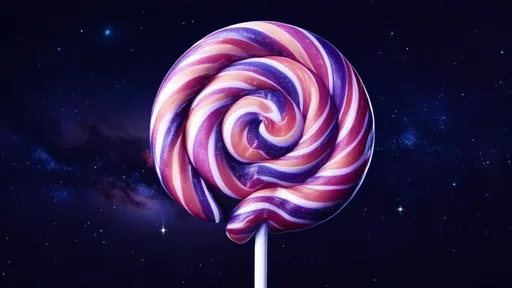
By /Jul 7, 2025
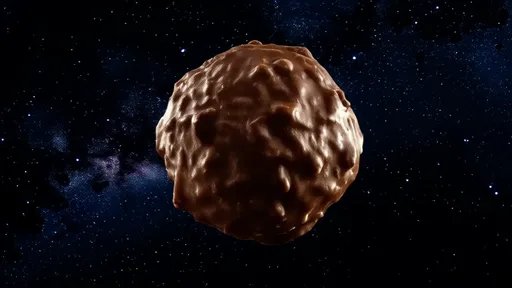
By /Jul 7, 2025
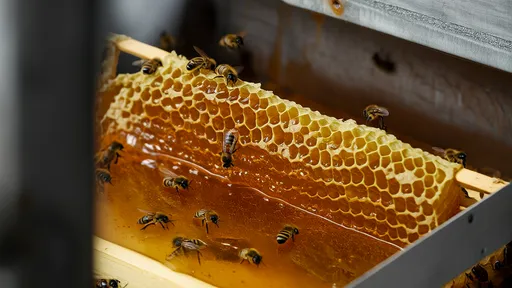
By /Jul 7, 2025

By /Jul 7, 2025

By /Jul 7, 2025
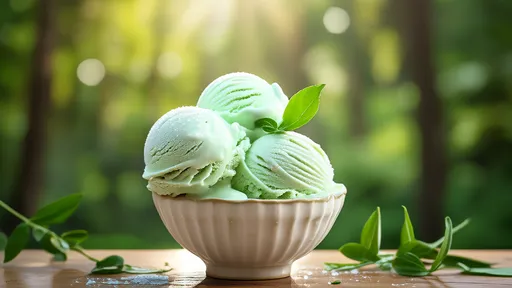
By /Jul 7, 2025

By /Jul 7, 2025
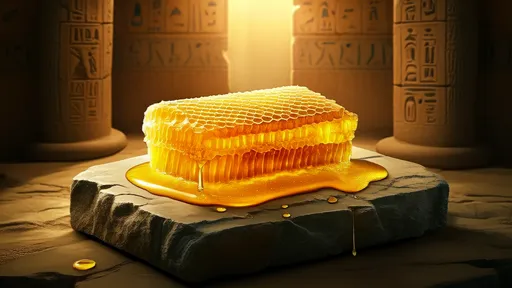
By /Jul 7, 2025
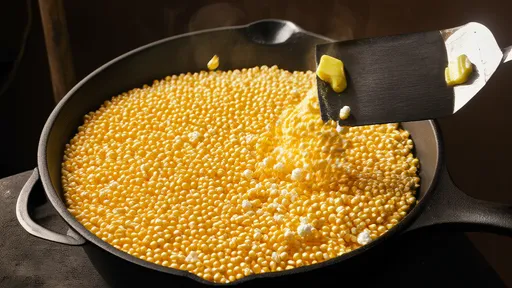
By /Jul 7, 2025
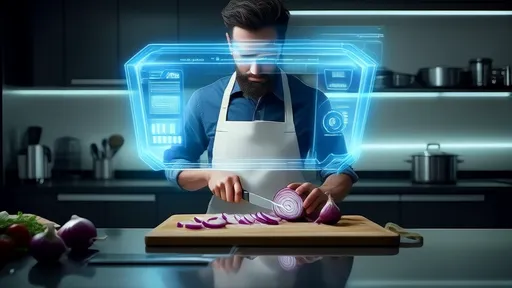
By /Jul 7, 2025

By /Jul 7, 2025
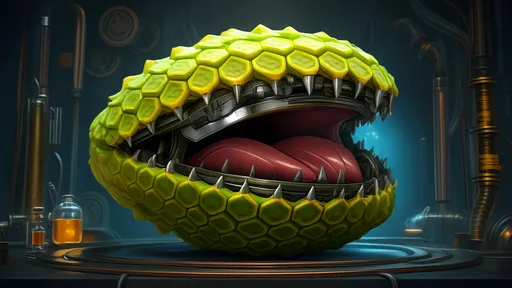
By /Jul 7, 2025
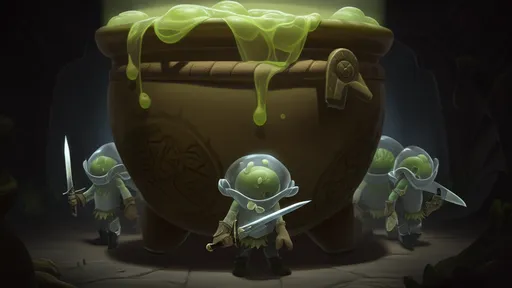
By /Jul 7, 2025
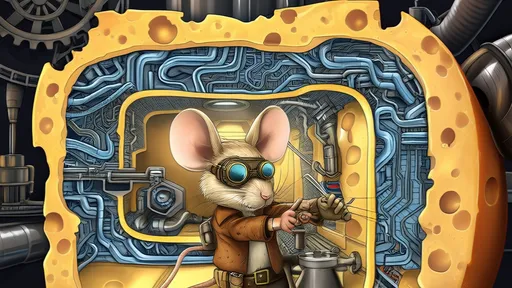
By /Jul 7, 2025
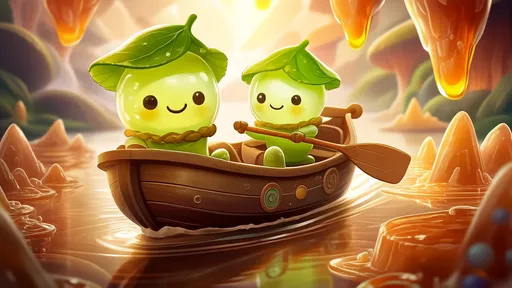
By /Jul 7, 2025
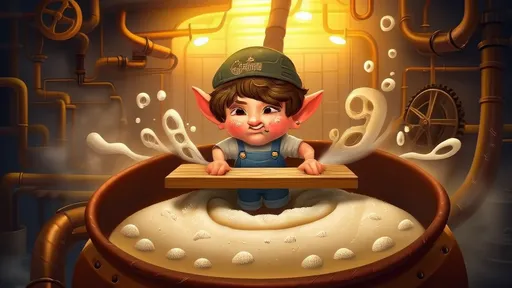
By /Jul 7, 2025
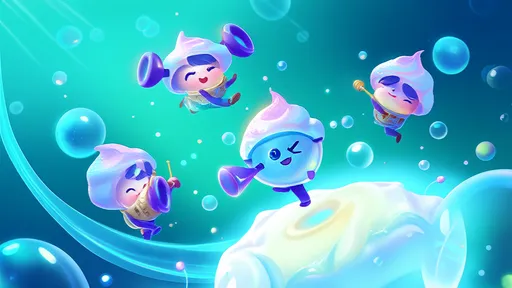
By /Jul 7, 2025

By /Jul 7, 2025